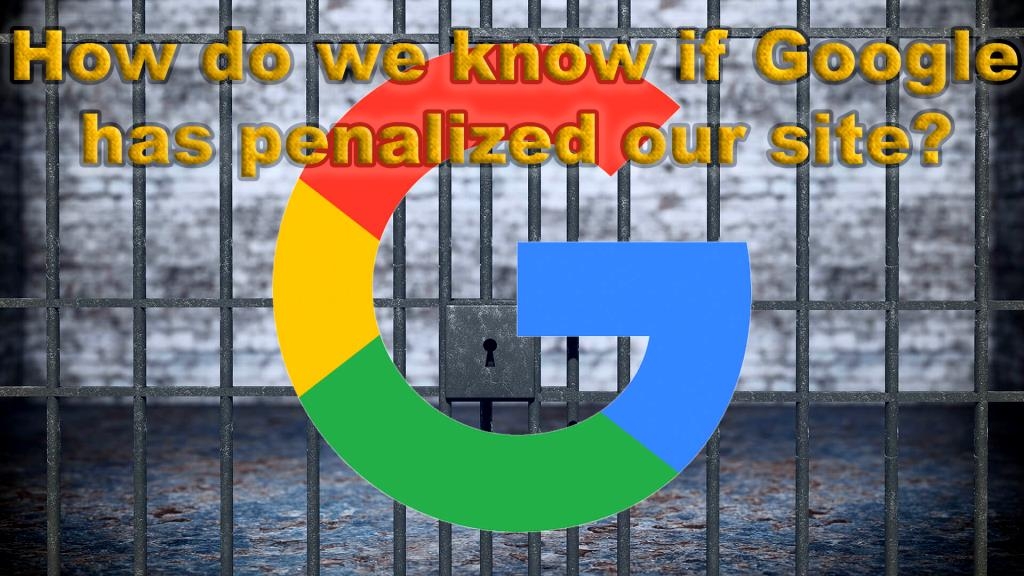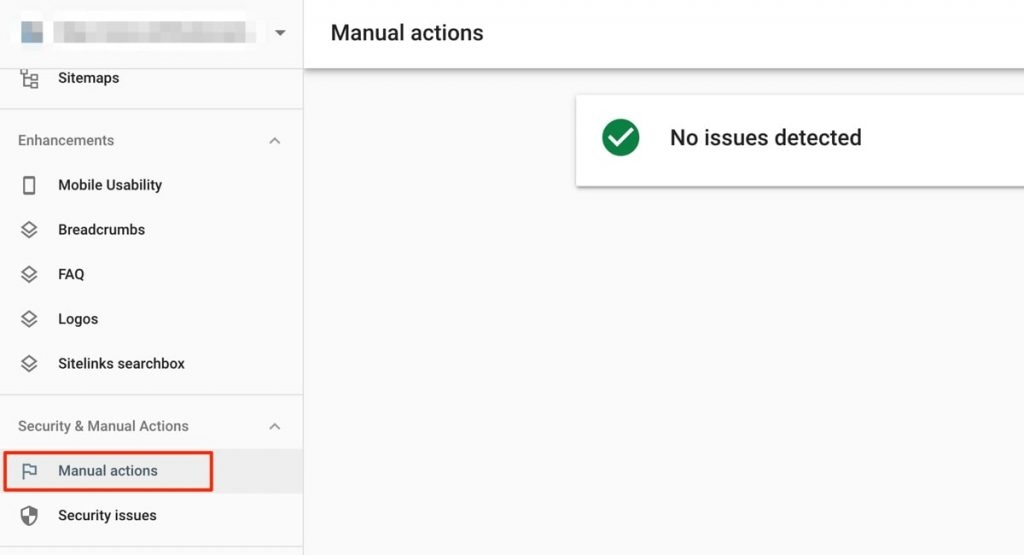Is my website penalized by Google
How do I find out if my website has been penalized by Google?
Do you have a website up and running? Did you make use of unethical methods to get your rankings up in a short span of time? If you did, you should get familiar with why and how Google will find out and impose a penalty on your site. Penalty translates to punishment which in this case applies to the consequence of violating Google’s rules and regulations for more profits. This action is carried out by Google’s webspam team which will manually impose such a penalty on your site. In basic terms, this would result in a dramatic drop in your rankings and negatively affect your organic exposure by a great extent. So it’s best to try not to have any conflicts with the marketing guidelines set and enforced by Google.

The two main ways by which a penalty is imposed is manual and algorithmic. Manual means that Google’s webspam team had come across such a website that practices black hat SEO techniques. Such manual reviews lead to the website getting penalized by the team. On the other hand, algorithmic refers to the update in Google’s ranking algorithm which ends up affecting your web property. Google works relentlessly to provide better quality search results by bettering their algorithms. Due to these constant changes, various websites face either a positive change- where their rankings and traffic is boosted, or a negative change- in which their rankings fall tremendously or are lost completely. But even with such uncertainty, people have the need to not only be visible on Google but also have high rankings. This stems from the fact that Google is the best source of traffic as it dominates the industry in various ways. And when you’re looking for a more targeted audience, there’s no better place to go!
How do I know if my website is penalized?
Well, the answer is simple. The changes in your online traffic will be more than visible, mostly because you’ll notice an extremely steep drop in your graphs. To be more certain and specific, there are two methods you can perform to find out if and why your website has been penalized by Google.
Approach 1: Google Search Console.
It is necessary to have your website registered with Google Search Console before you try looking into your site’s problems. Google uses this platform to converse with webmasters and bring to their attention any potential problems regarding their website which may soon suffer from some penalty. There are two types of penalties that fall under this category:
-Manual Penalty
Manual penalties are imposed by Google’s webspam team. This can be caused by a variety of reasons like the implication that you have used black hat SEO strategies to further your goals. Either your whole website or merely some pages of your site could end up having drawbacks. Google is instrumental in specifying the problems of your site as well as a course of action which you can undertake to do away with the problem. Once fixed, you can submit a request to be reconsidered and receive confirmation whether the penalty had been revoked or not.

-Algorithmic Penalty
This is an automatic penalty which cannot be filed for reconsideration as such penalties are not informed to Google search console. This results from changes and updates in Google’s search algorithms, making it difficult to identify.
Under manual actions, the message ‘No issues detected’ means that there are no problems and you don’t have to take further actions but in case you find a list of actions to carry out in order to lift the penalty, make sure to read the information carefully and do the needful. Thereafter, you can request a reconsideration for your site.
Approach 2: Google Analytics- Review your traffic
The simplest way to check if your website was penalized by an automatic penalty or algorithmic penalty is to login to Google analytics and review your Google organic traffic and rankings. If you notice that Google released an algorithmic change right around when you saw a great drop in traffic, the algorithm update is the reason.

After you login to Google Analytics, select your website on the dashboard and click on Acquisition. From the drop-down menu, select All Traffic, followed by Source or Medium. You will now see a list out of which you must click on Google/Organic. The report that appears will specify the amount of visits you get through Google Search. Now carefully, go through the dates and compare whether your site saw a fall in organic traffic around the same time when a new algorithm update was released. Once you pinpoint that, you can start reading up on important information on how to restore and recover your site.
For how long would you suffer from penalization?
The first thing to remember under manual penalty is that such penalties can be withdrawn or done away with by reviewing the information and making necessary changes as specified in the list of actions provided. Manual penalties expire after a certain period of time. This could mean 6 months or even two years.

Note that such expiration does not mean that your website can now run smoothly without any problems, nor does it mean that your rankings and traffic will pick up again. If you have not taken the time to address and fix the problems, your site will most probably be caught by automatic penalty. So, the quickest way to get rid of a manual penalty is to follow the instructions given by Google, file a request for reconsideration and wait for the penalty to be dismissed.
In case you’re stuck with an automatic or algorithmic penalty, it is recommended to take quick action by making all required changes to your site. After this, anticipate Google’s next algorithm update. Once that is out, you can observe whether your website has recovered in terms of ranking and traffic.
Google is known to make regular small but continuous updates to its algorithms. This means that your chances of recovery would be higher because of the constant algorithmic changes. But in most cases, major Google updates are awaited in order to find out whether the changes made to the site are proving productive or not.
Avoid getting penalized!
Often, people have a thirst for getting higher rankings and a wider audience. For this purpose, they turn to such tools that help them make quick profits. More than often, these tools are black hat SEO tools that Google does not fancy. Such people are also influenced by misleading information on its benefits. ‘Slow and steady wins the race’ actually applies here, you must have patience and strictly follow Google’s given guidelines to keep out of trouble.
Some tips to keep in mind are:
- Sincerely follow Google’s marketing guidelines.
- Create and curate quality content and information.
- Follow and make necessary changes that affect SEO.
- Make use of White Hat methods to market and publicize your website.
Consistency is key in this practice. Try not to deter from limiting your website to white hat tools that will not cause you any harm. If your content is authentic and interesting, you’ll start noticing higher rankings even in just a couple of months, considering that you’re following Google’s rules and regulations.
